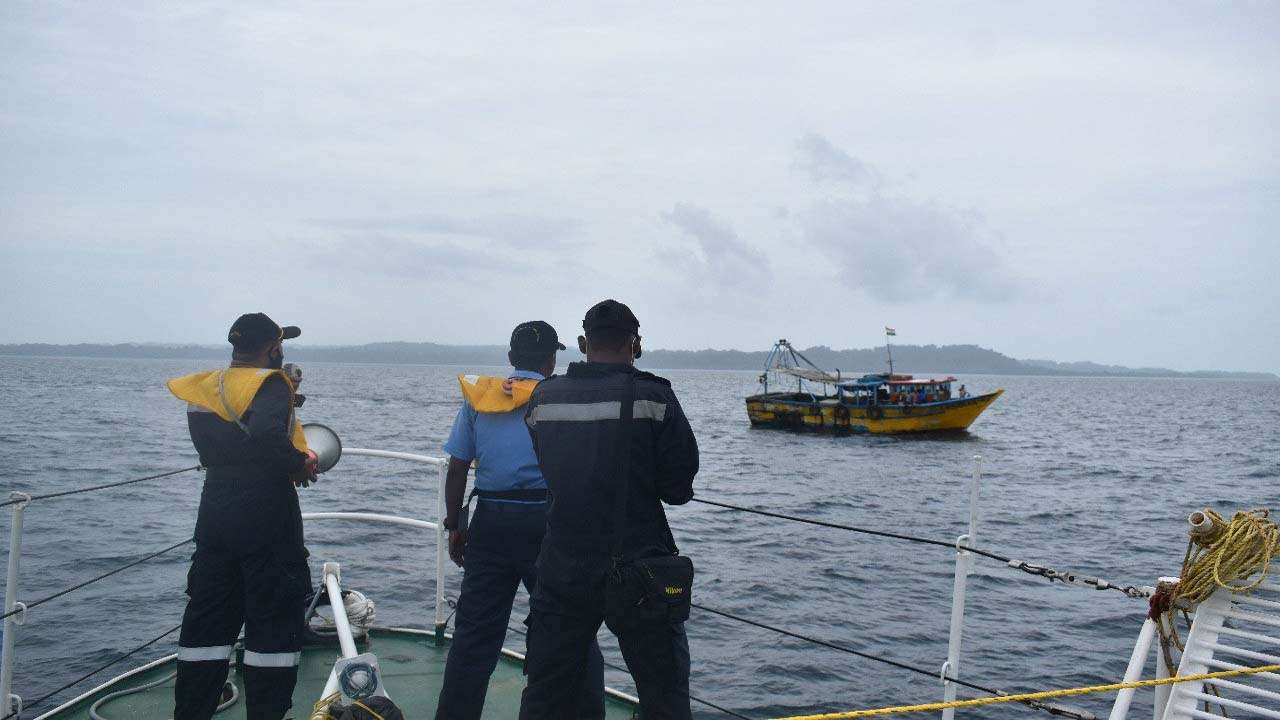
Super cyclone Yaas hit the north coast of Odisha on Wednesday afternoon and is raging towards West Bengal at a wind speed of 130-140 kilometres per hour. The India Meteorological Department (IMD) has issued an alert that this could further intensify into a 'very severe cyclonic storm' in the next couple of hours.
Citizens have been strictly advised to stay indoors and not venture out near the sea. Coastal areas in West Bengal and Odisha have already been cleared and the disaster relief teams are constantly engaged in the rescue and evacuation process.
Cyclone 'Yaas' is likely to wreak havoc in parts of South 24-Parganas and East Midnapore in West Bengal.
Meanwhile, astrophysicists, disaster management experts, and Calenderologist are expressing concern that the full moon and lunar eclipse on May 26 may exacerbate the situation. The Super Flower Blood Moon and lunar eclipse of May 26 will be visible in India for a brief period on Wednesday evening.
The full moon will begin at 08.29 pm on May 25 and it will end at 04.43 pm on May 26. The same day, the lunar eclipse in India will be visible at around 2.17 pm and will end at 7.19 pm. This will be the first lunar eclipse of 2021.
The full moon is known to cause a heavy gravitational effect raising the high tide levels in the ocean and rivers and may lead to additional damage during the cyclone.
As it is known that during a full moon, the sun, earth, and the moon come in a straight line and it causes heavy gravitational effects on our planet.
This gravitational effect usually causes a swell in the ocean/ rivers and causes abnormal high tidal waves than normal days.
Now the experts fear that if the timing of landfall 'Yaas' clashes with the timings of the full moon and lunar eclipse then it will trigger the tidal waves and devastation will be much higher.
These tides are known as 'spring' tides or 'high tides' because of the additional surge in the water due to the Cyclonic effect.
At the time of landfall if there was high tide in the river then it will trigger the waves and the mud embankment will not be able to sustain the pressure.
It will also fail to prevent seawater from entering the agricultural land.